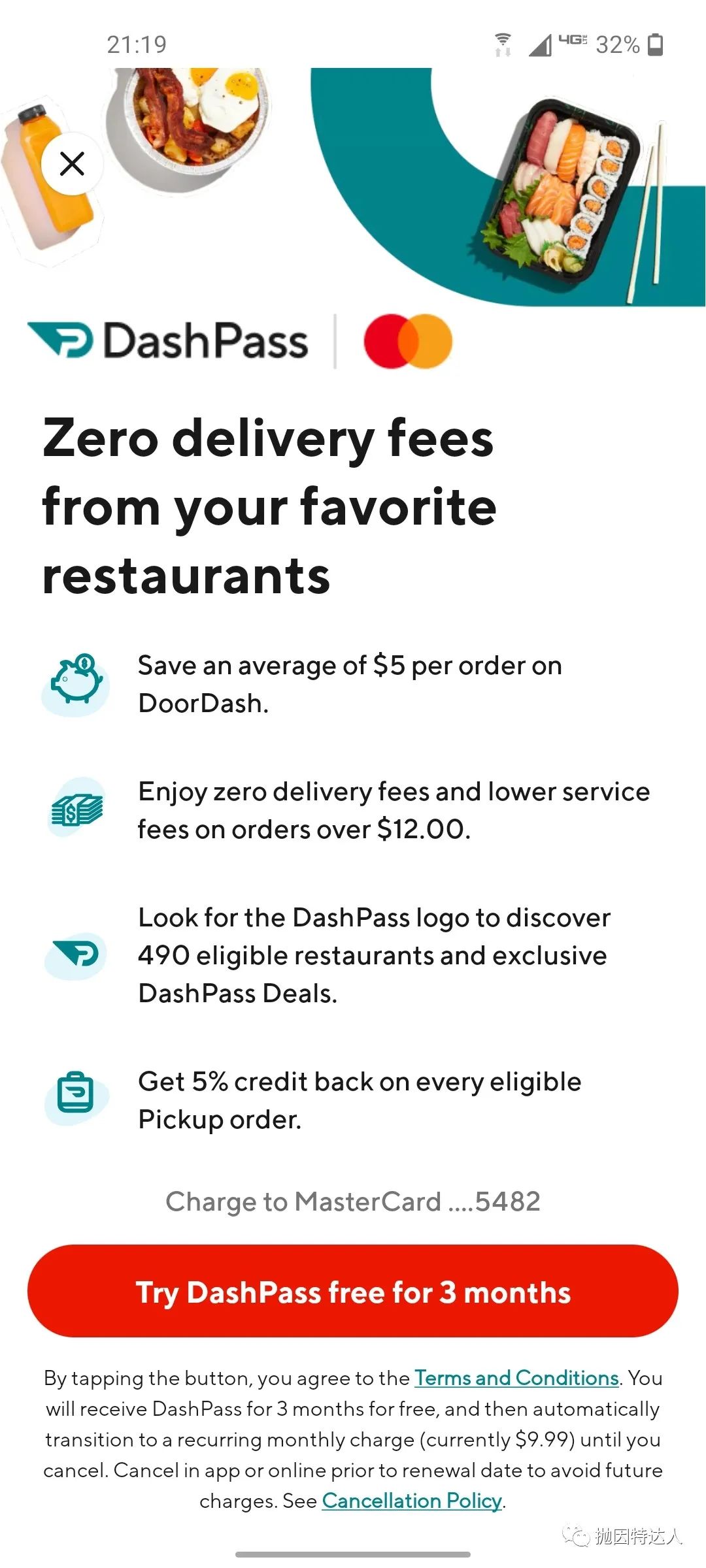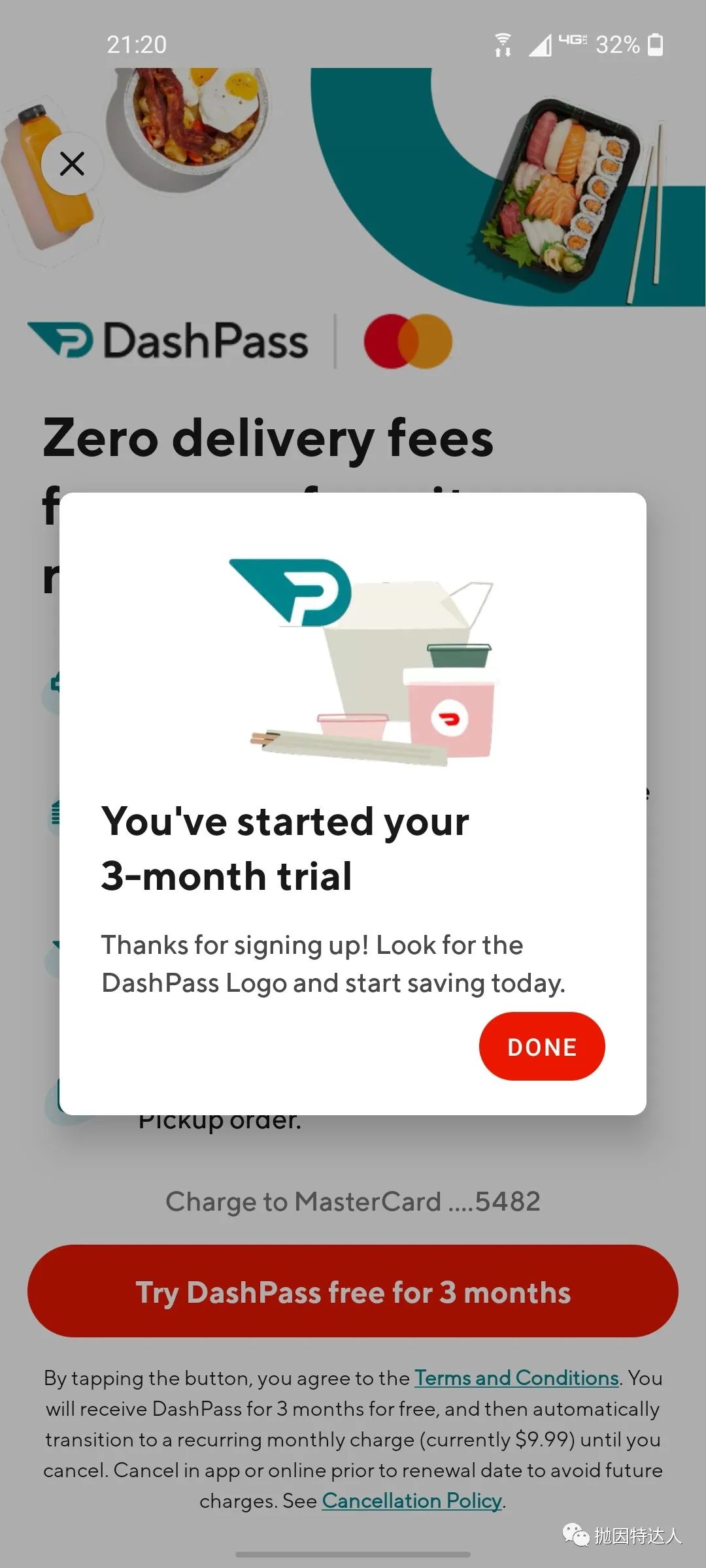The gig economy has experienced a significant boom in recent years, with platforms like DoorDash leading the way. As more people turn to flexible work options, DoorDash has become a popular choice for drivers seeking additional income. However, it’s essential to consider alternatives that may offer better benefits and opportunities.
In this article, we will explore alternative delivery apps such as Uber Eats and Postmates, as well as the possibility of starting your own delivery business. Additionally, we will discuss the potential for investment opportunities in food delivery companies and other sectors.
So let’s dive in and discover new avenues for earning more!
The Rise of DoorDash and the Gig Economy
DoorDash has quickly become a leader in the gig economy, connecting customers with local restaurants through its user-friendly app. With just a few taps, customers can now have their favorite meals from various restaurants delivered right to their doorstep.
At the same time, DoorDash offers individuals the opportunity to earn money on their own terms by becoming drivers.
Becoming a DoorDash driver is simple – just sign up on their website or app and meet requirements like owning a vehicle and passing a background check. Once approved, drivers gain access to delivery opportunities in their area, providing them with flexibility and control over their schedules.
DoorDash’s success stems from its commitment to reliability and customer satisfaction. By carefully vetting drivers and implementing strict standards, they have gained trust from both restaurants and customers.
As the gig economy grows in popularity, DoorDash continues to expand its reach across cities, reshaping traditional industries and offering new opportunities for businesses and individuals alike.
(Note: The table has been removed to make the section shorter.)
The Challenges Faced by DoorDash Drivers
DoorDash drivers face significant challenges in their profession. One of the main concerns is low wages due to fluctuating demand and heavy reliance on customer tips. This inconsistency makes it difficult for drivers to plan their finances effectively, leading to financial struggles.
Job security is another issue, with drivers constantly worrying about having enough gigs, especially during slower periods. These challenges are not unique to DoorDash but are common among gig economy workers.
To address these issues, companies like DoorDash should consider fair compensation measures and support systems for their drivers’ financial well-being and job security.
Exploring Alternative Delivery Apps: Uber Eats
Uber Eats is a popular alternative to DoorDash for food delivery. It offers competitive benefits for drivers, including daily cash-outs and promotional incentives. The pay structure varies based on factors like mileage and time spent on each delivery. Additionally, Uber Eats often has more available gigs compared to DoorDash in certain areas.
Exploring Alternative Delivery Apps: Postmates
Postmates is a flexible and versatile delivery app that connects customers with local restaurants and stores for on-demand deliveries. Unlike other apps, Postmates allows drivers to deliver a wide variety of items beyond just food, including groceries, alcohol, and electronics. This expands earning potential and provides unique opportunities.
Additionally, Postmates offers perks such as discounted health insurance and access to exclusive events for its drivers. When comparing Postmates with DoorDash, consider factors like earning potential and flexibility in choosing gigs based on your preferences.
Starting Your Own Delivery Business: Thinking Outside the Box
When it comes to earning income through delivery services, relying on third-party apps like DoorDash or Uber Eats may seem convenient. However, starting your own delivery business offers more control and potential for growth.
By setting up your own service, you can establish partnerships with local businesses, create a niche in the market, and have full control over pricing and customer relationships. While it requires more effort and investment upfront, it can lead to higher earnings in the long run.
Here are some tips for aspiring entrepreneurs:
- Research your target market to identify areas with high demand but limited delivery options.
- Build a reliable team of drivers who prioritize customer satisfaction.
- Utilize user-friendly technology to streamline operations, manage orders efficiently, and provide real-time updates to customers.
Starting your own delivery business requires planning and thinking outside the box. But with thorough research, a dependable team, and the right technology, you can succeed in this competitive industry.
Investing in Food Delivery Companies: A Lucrative Opportunity
The rise of the gig economy has made investing in food delivery companies a potentially lucrative opportunity. Major players like DoorDash, Uber Eats, and Postmates have shown impressive financial performance and global expansion.
By investing in these companies or emerging players within the sector, individuals can generate passive income through dividends or capital appreciation. Thorough research on financials, growth prospects, and industry trends is essential before making investment decisions.
Investing in food delivery companies offers exposure to a growing industry driven by changing consumer behaviors. However, risks such as market competition and regulatory changes should be considered, and diversifying investments is advisable to mitigate risk.
Overall, investing in food delivery companies presents an attractive opportunity for those interested in the gig economy.
Diversifying Your Investment Portfolio: Beyond Food Delivery Apps
While food delivery apps present appealing investment opportunities, it’s crucial to diversify your portfolio beyond this niche alone. Consider allocating funds to sectors like technology (AI), renewable energy, healthcare (telemedicine), and e-commerce.
By spreading investments across various sectors, you can mitigate risk and maximize potential returns.
Investing in AI offers growth and innovation through machine learning and automation. Renewable energy, such as solar and wind power, is gaining traction for its sustainability benefits. The healthcare industry’s telemedicine sector is expanding rapidly, providing convenient virtual consultations.
E-commerce platforms facilitate online transactions amidst the rise of digital retail experiences.
Diversification helps minimize risks associated with investing in a single industry. Allocate funds strategically across these sectors to position yourself for potential long-term success in today’s dynamic investment landscape.
Making Informed Choices as an Investor and Driver
To thrive in the gig economy, it’s crucial to make informed choices as both an investor and a driver. Consider alternatives like Uber Eats and Postmates for better benefits and job security. Starting your own delivery business offers control and growth opportunities but requires careful planning.
As an investor, diversify your portfolio beyond food delivery apps to minimize risk. Evaluate factors like earnings potential, flexibility, market demand, and personal goals when deciding which option suits you best. Seize the opportunities the gig economy offers by making informed decisions tailored to your circumstances.
[lyte id=’gv0TQby6wY4′]







